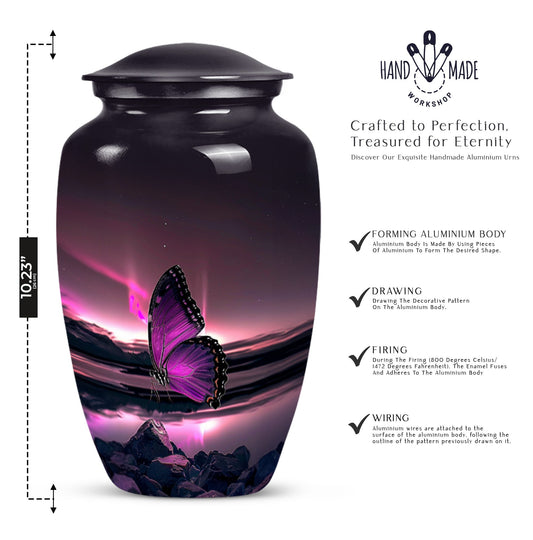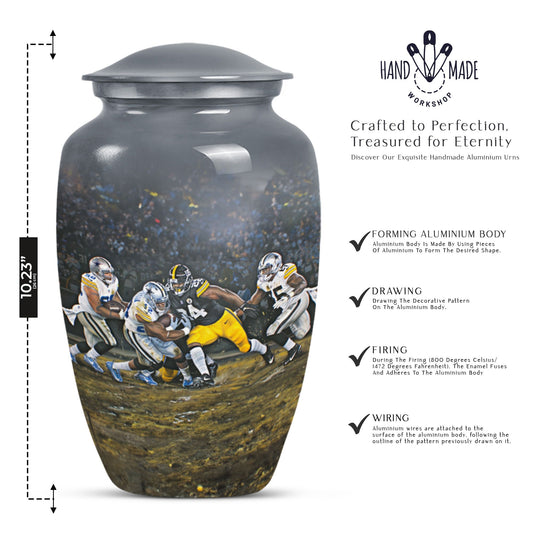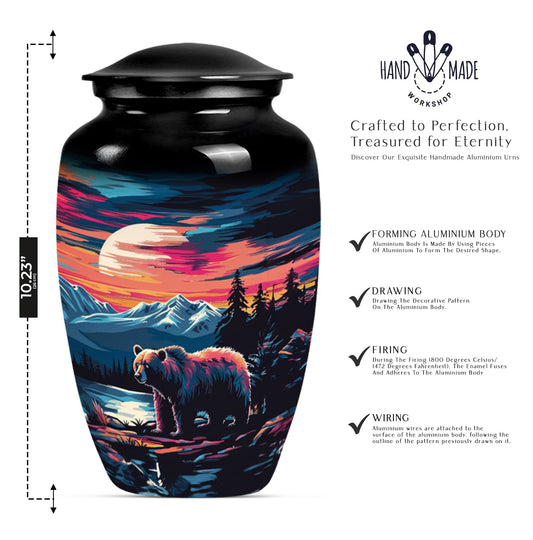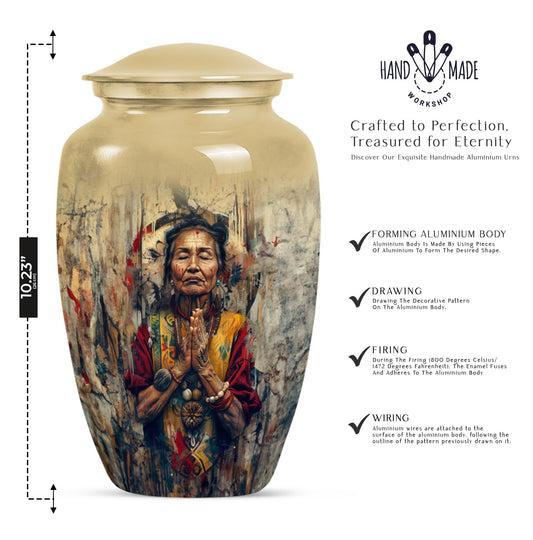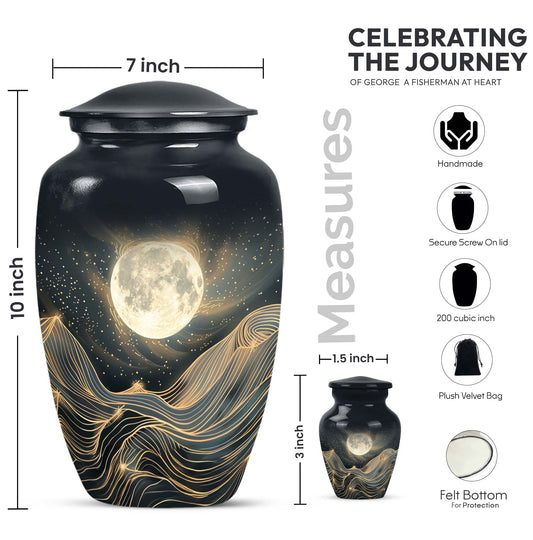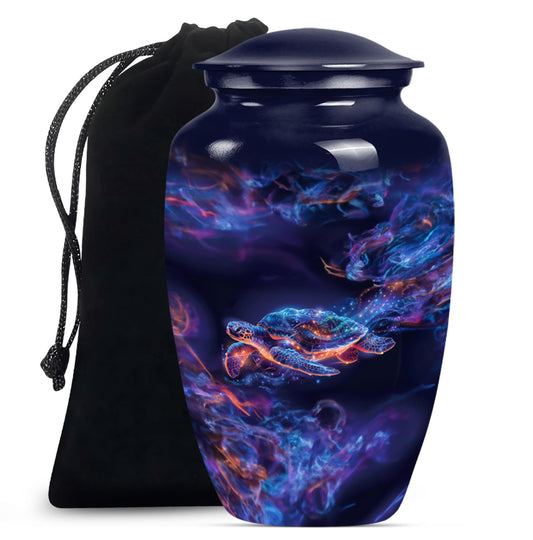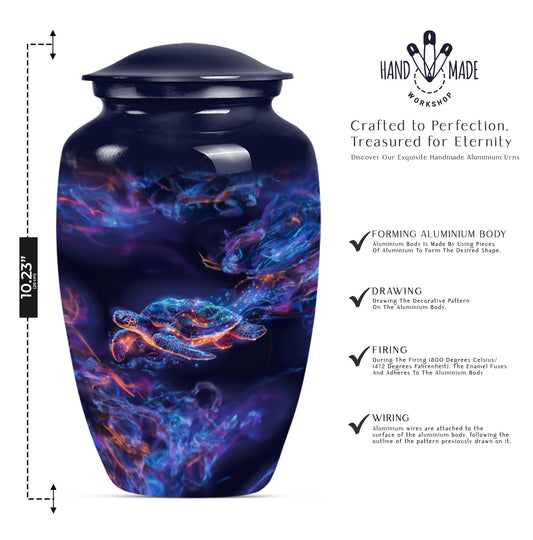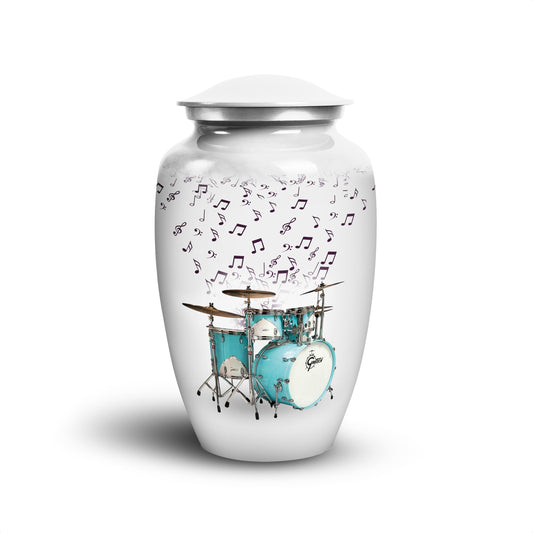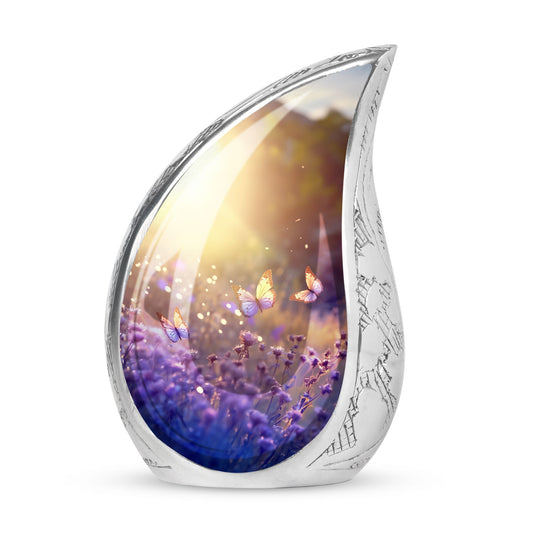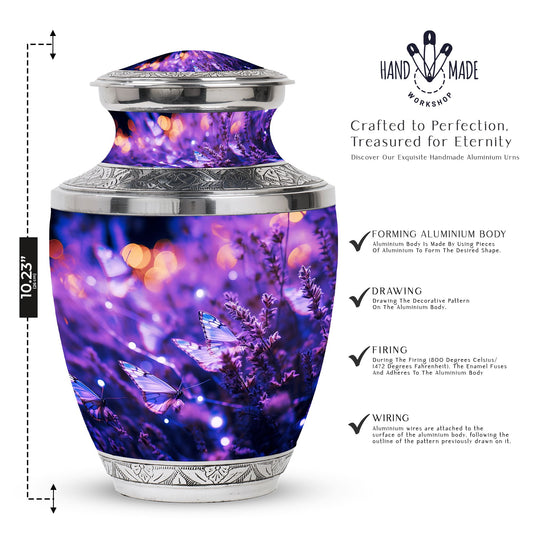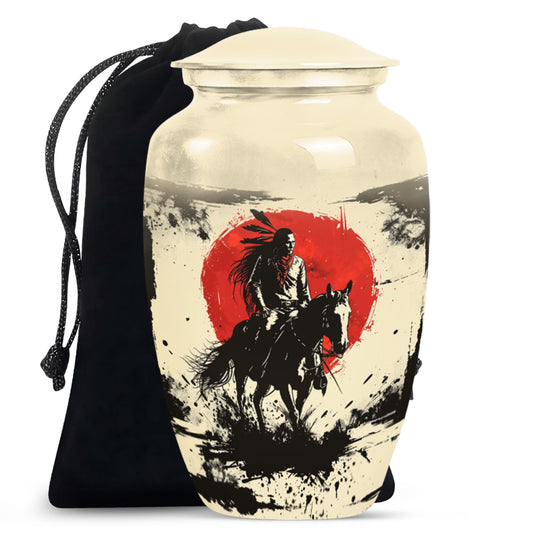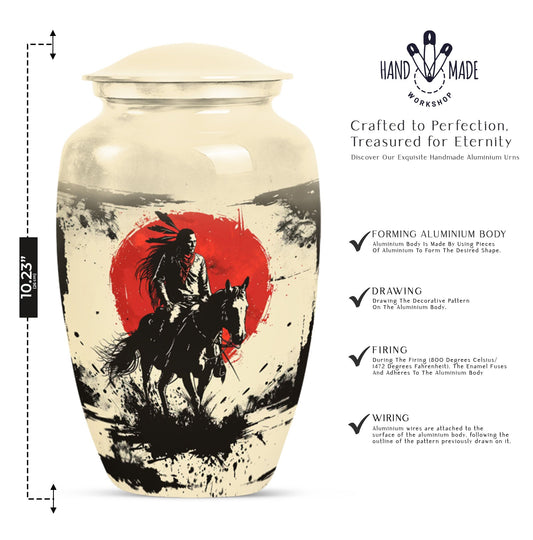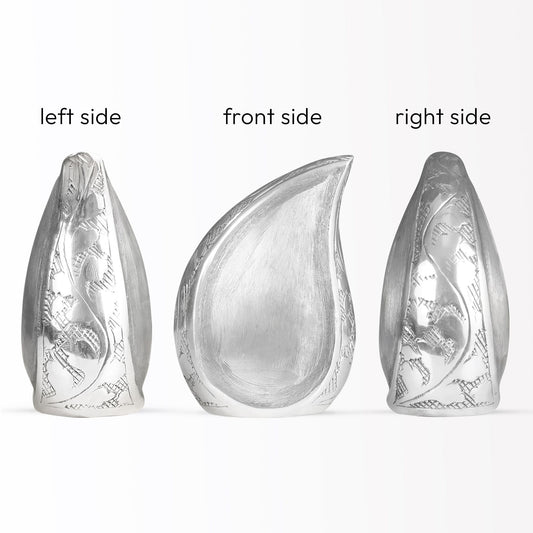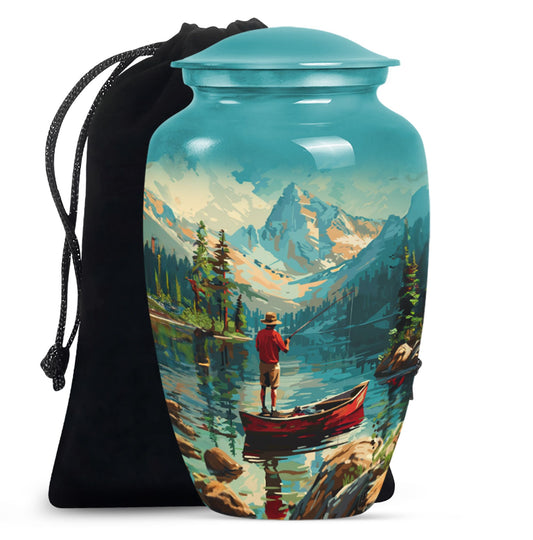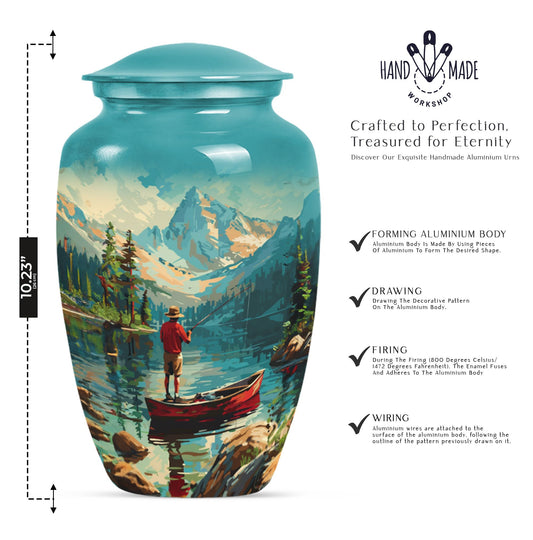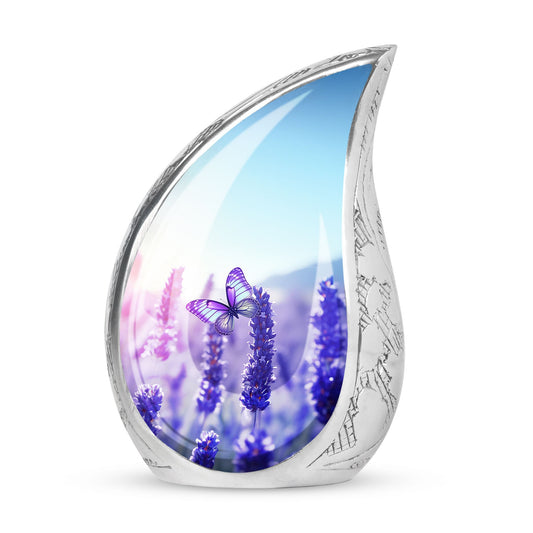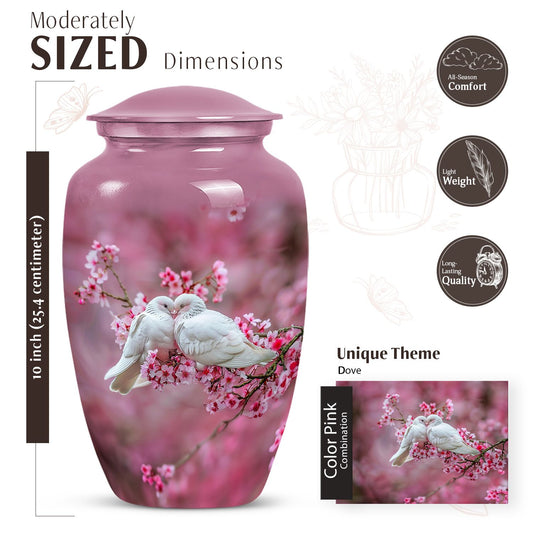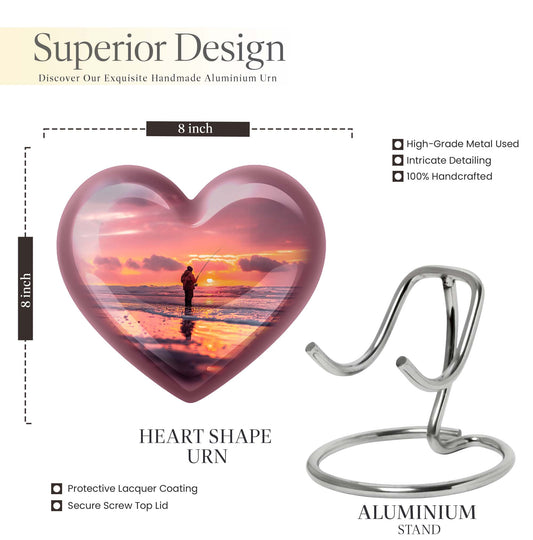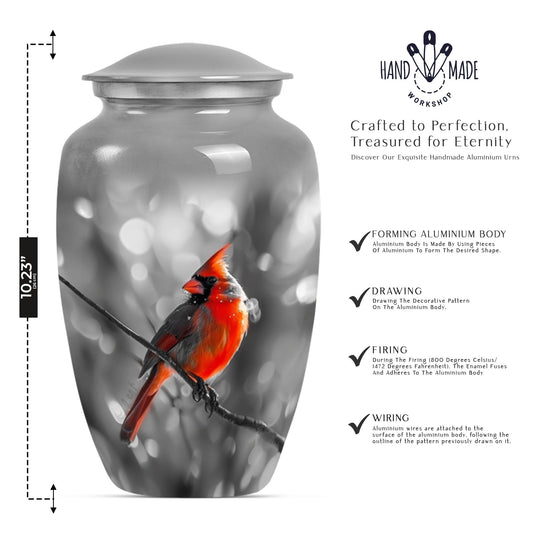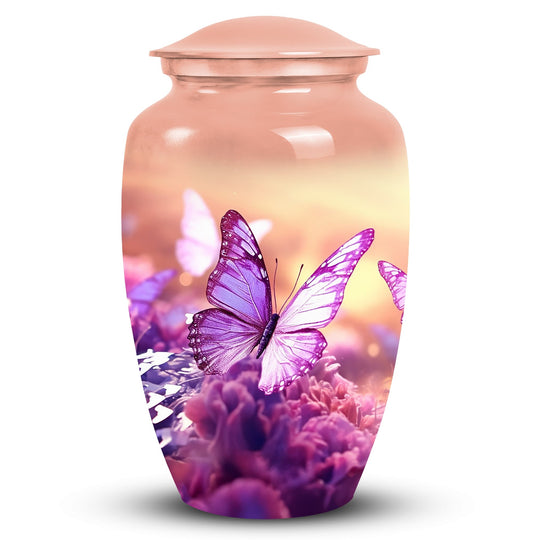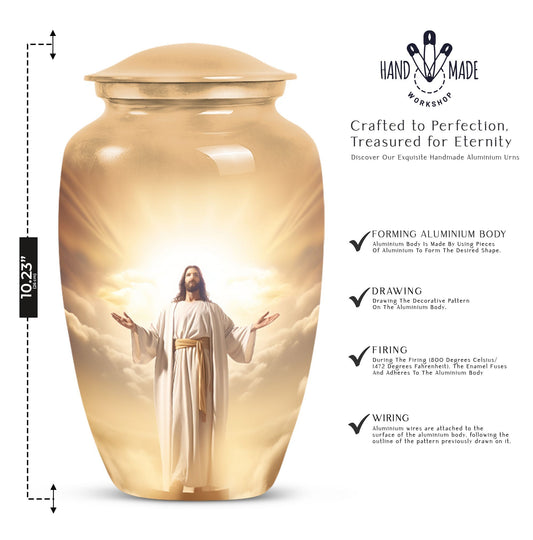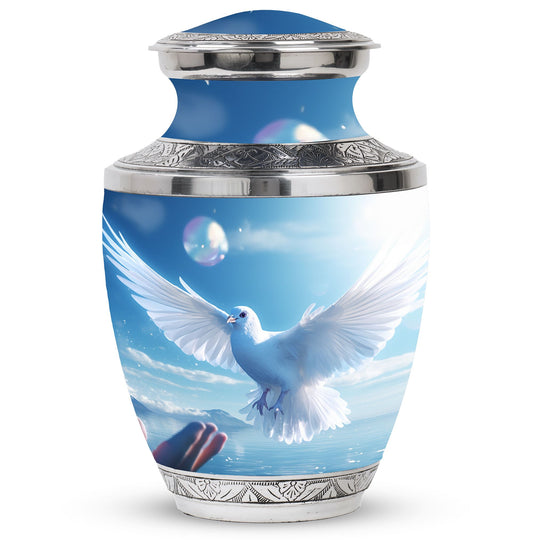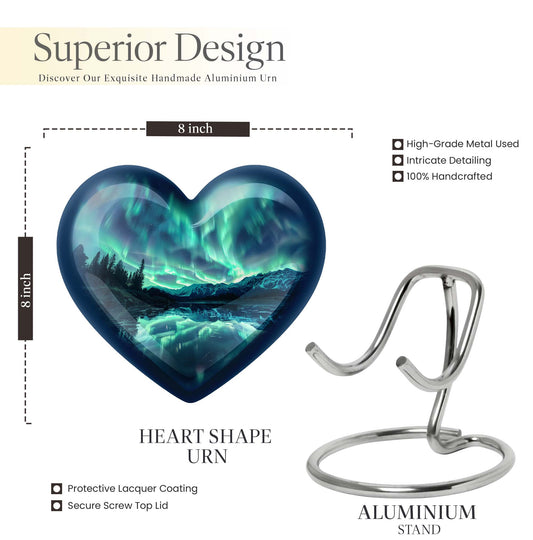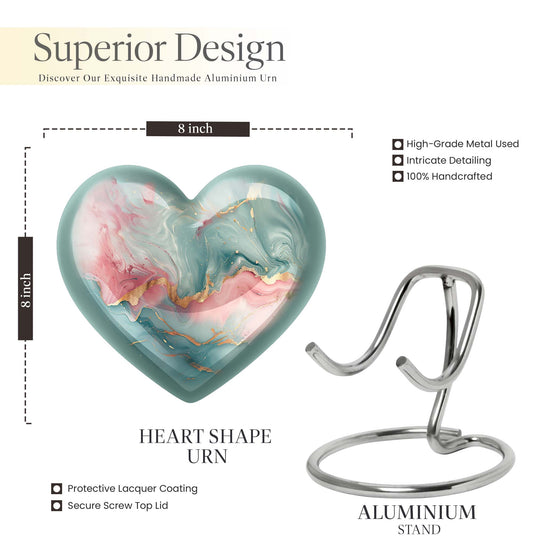Popular Urns
What Is The Difference Between Coffin And Casket
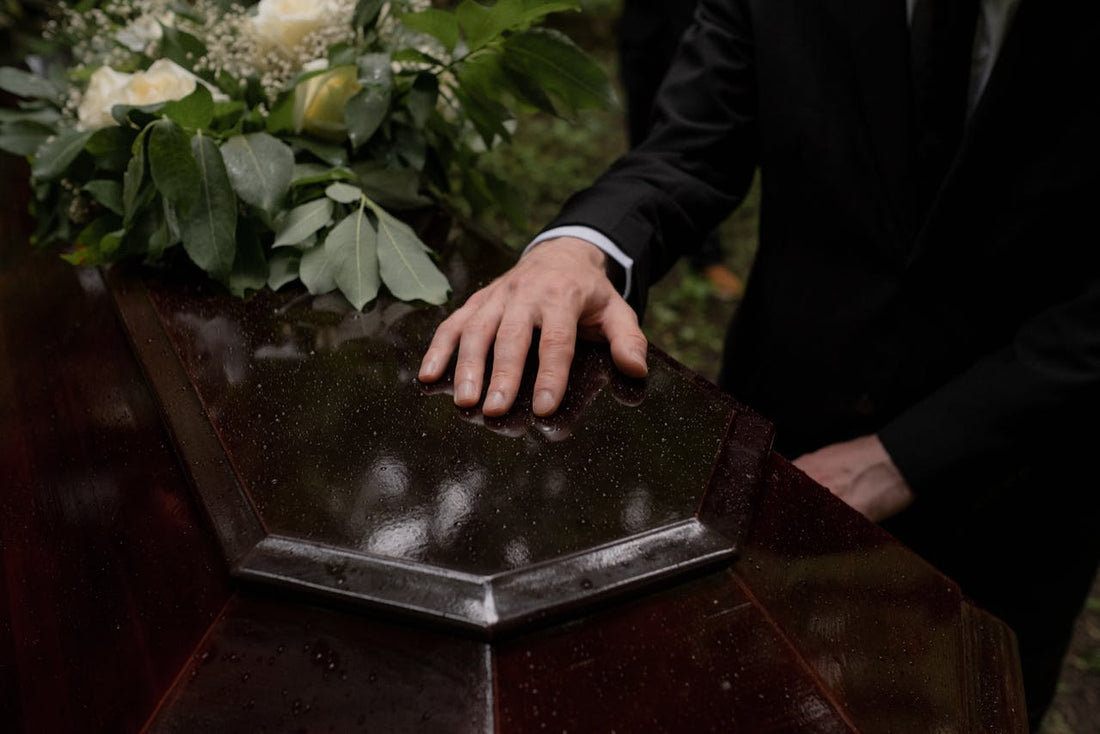
Variations in Design, History and Uses:
There is an understanding of the difference between a casket and a coffin. Designed differently, with different histories, each has different applications, even though some people use them interchangeably. Knowing what's what can be helpful in planning a funeral because each serves different cultural and personal preferences.
1. Design Differences:
Actually, difference between them lies in how they are shaped and formed. Caskets are usually made in a rectangular shape with a hinged lid, often covered with plush fabrics inside.
They have four sides of the same size and are generally shaped in a way to seem impressive as well as include even luxurious handles, interior lining coverings in different materials, and the lid is actually kept wide open for viewings. While coffins are more tapered in shape-with more width at the shoulders and tapering to the feet-this makes them use less material, making them considered more practical. They often have a lid that will come off or is nailed shut and less frequently contain the same amount of detailed ornamentation as caskets do.
2. Historical and Cultural Backgrounds:
Coffins had been in existence for thousands of years and would once again be thought to be part of European traditions. The tapered, six-sided coffins were space efficient as well as cost-effective regarding the use of materials, which had historically played to the coffins' disadvantage, being less common in countries with limited sources for the burial.
Today, coffins are still more in use than in Britain and other countries in Europe where they often will be a traditional option as well as easier.
Caskets are widely used in the United States and Canada, who favor the rectangular shape and cushioned lining for its smoother presentation. Caskets gained wider usage in North America during the 19th century as cultural views began to shift toward a presentation of dignified, comforting consolation. An open-casket viewing is a very common feature of North American funeral practices, facilitated by the rectangular shape and hinged lid of a casket.

3. Different Uses:
The last options for coffins and caskets are either burial or cremation, though designs of the latter are mainly used to determine a specific funeral or memorial rite. For example, in the United States, public-casket funerals are quite popular, and therefore caskets with lids are a preferable option for such ceremonies as they make it possible for mourners to catch the last glimpse of the deceased.
That is why caskets have padded interiors for aesthetic purposes when on view.
However, caskets are also relatively frequently utilized for cremation. On top of this, they are tapered, which signifies that a lesser quantity of material was utilized in their production, thus their prices are a bit lower. There also exist coffins specially designed for cremation purposes with the use of cardboard or wicker because of budget-related and creating environmental effects purposes.

4. Casket vs. Coffin: What is the difference?
The decision between a casket and a coffin often depends on personal preference, culture, religious practice, or for that matter, economically driven. Caskets are more expensive compared to coffins due to richer finishes and expensive materials. Last but not the least, it is what will really be closest to the hearts of those related to the deceased in the burial rites of their loved one.


